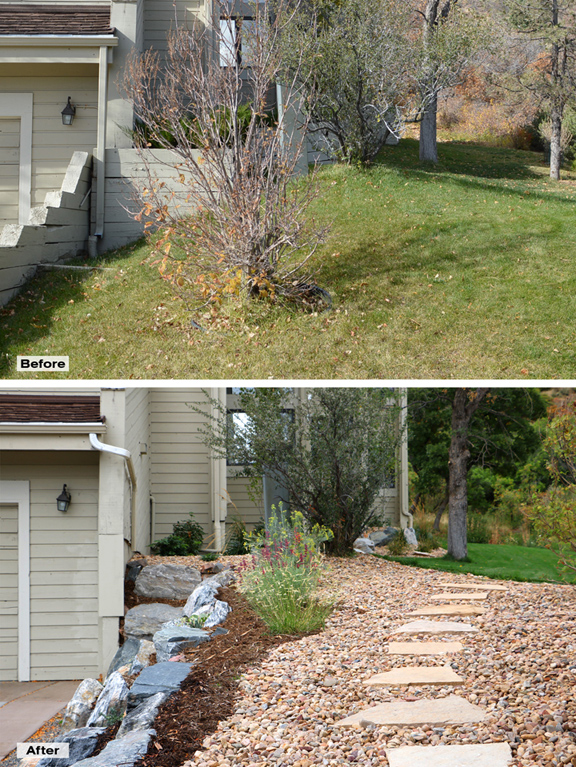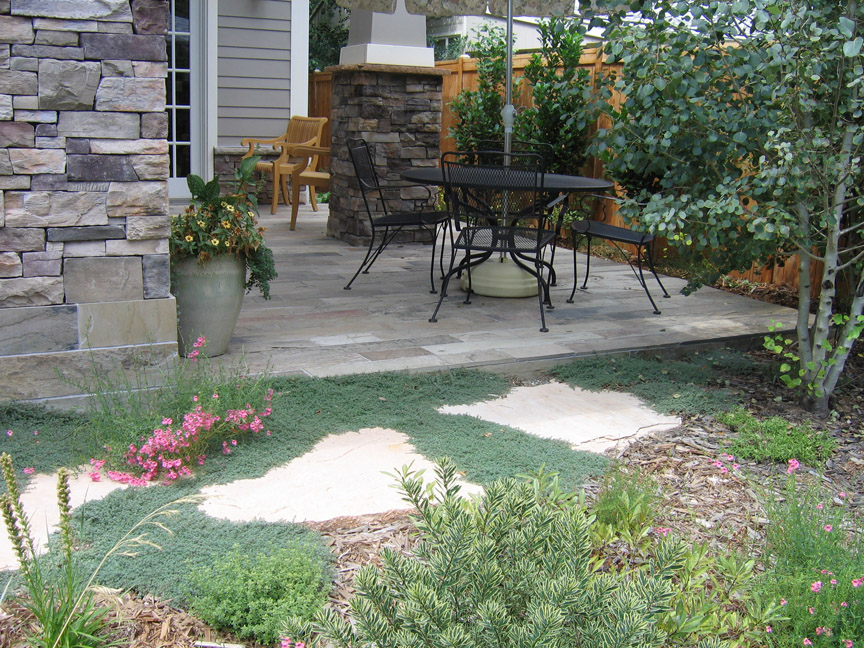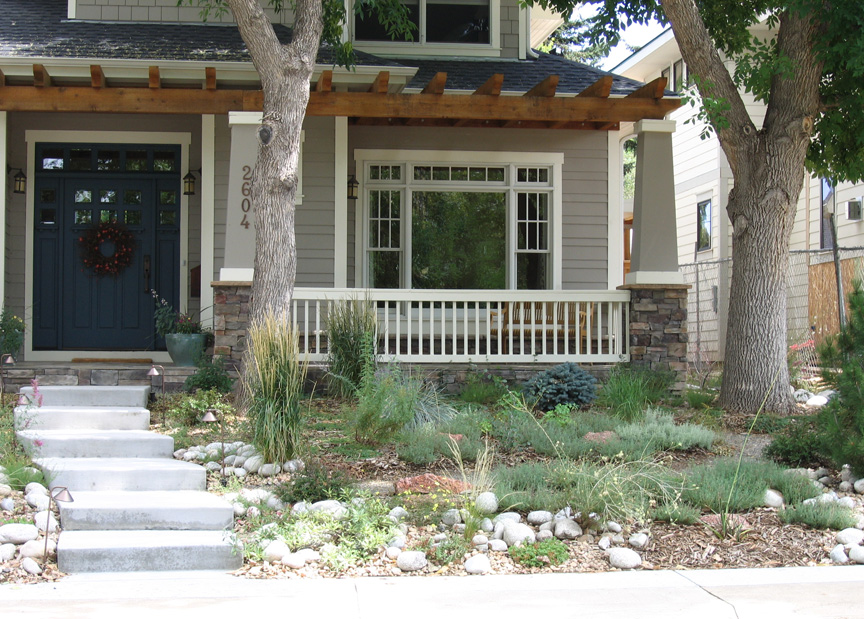When the Grass was Greener
Once upon a time, there was a castle guarded by soldiers. Enemies obscured by the trees would sneak close to the castle, so the soldiers reduced the threat by removing the trees. Without the trees, the land filled in with grasses, thyme, and chamomile. Animals began to graze in these new fields, keeping the plants low. The soldiers could see clearly across the land, and the sheep were fat and happy. The castle prospered, and everyone who visited wished their land could be so grand. The other land owners cut down their trees and filled in their land with grasses. The smell from the grazing animals wasn’t ideal, so they brought in men to cut the grasses low instead.
The “green carpet” surrounding the finest castles and estates in the 16th & 17th century became a status symbol, and planted the seed for the sod lawn we’re all familiar with today.
In the United States after WWII, automobile technology and availability took off. With the open road ahead of them, well-to-do folks left the cramped urban conditions of the cities, moving outward to new suburban neighborhoods.
Planners like Frederick Law Olmsted and Abraham Levitt gave the people sprawling neighborhoods, with acres of lush green grass. With the popularity of the 2-day weekend on the rise, homeowners indulged in their green Edens. This ignited a new chapter for the centuries old status symbol of the turf lawn – now repurposed for mini-golf and lawn bowl rather than spying enemy invaders and feeding livestock.
“No single feature of a suburban residential community contributes as much to the charm and beauty of the individual home and the locality as well-kept lawns” – Abraham Levitt
Ingrained into the new vision for the American Dream, well-kept lawns became the golden standard. With an estimated 30 to 40-million acres of the United States serving as an irrigated sod lawn today, this status symbol is butting heads with our resources and priorities.
The cold hard truth about lawns are that they are a water hog, high maintenance (what other non-food-production plants do you cut weekly, fertilize seasonally, and treat with chemicals?!), lawns are a food desert for animals & insects, and they do nothing for our groundwater while the water runoff often pollutes creeks and streams with high nitrogen fertilizers, causing harmful algae blooms. All of that lawn maintenance also creates air pollution and noise pollution from mowers, blowers, and trimmer equipment.

But lawns can be great in the right location!
This is where “active-use” vs. “passive-use” spaces come into play. Lawns can be very durable, and are amazing for active children and pets. Maintaining a lawn to play and entertain on is a lovely idea. Kentucky Bluegrass has been a popular turf choice for decades, but climate suited alternatives like Dog-Tuff Buffalo Grass, Bermuda grass, or “steppable perennial lawns” made up of creeping thyme or clover can serve the same purpose as high-water turf lawns with fewer drawbacks. While choosing the right type of lawn for your environment is a start, reducing the overall amount of lawn is still the key to a progressive and sustainable landscape. Maintaining any type of lawn on the side or front of your house where no-one ever spends their time is wasteful for you, your wallet, and the environment.

Consider ditching the golf-course-quality front-yard peacocking and save that neighborly competitiveness for the holiday light display. Instead, beef up your shrub beds, add some neat planters, and opt for native seed mixes that include drought-tolerant grasses & wildflowers. Keep your lawn only where you will use it, and plant a nice tree just west or south of it to keep it cooler and healthier during hot sunny days.

This is the official blog of Outdoor Design Group, Colorado Landscape Architects. For more information about our business and our services, click here.